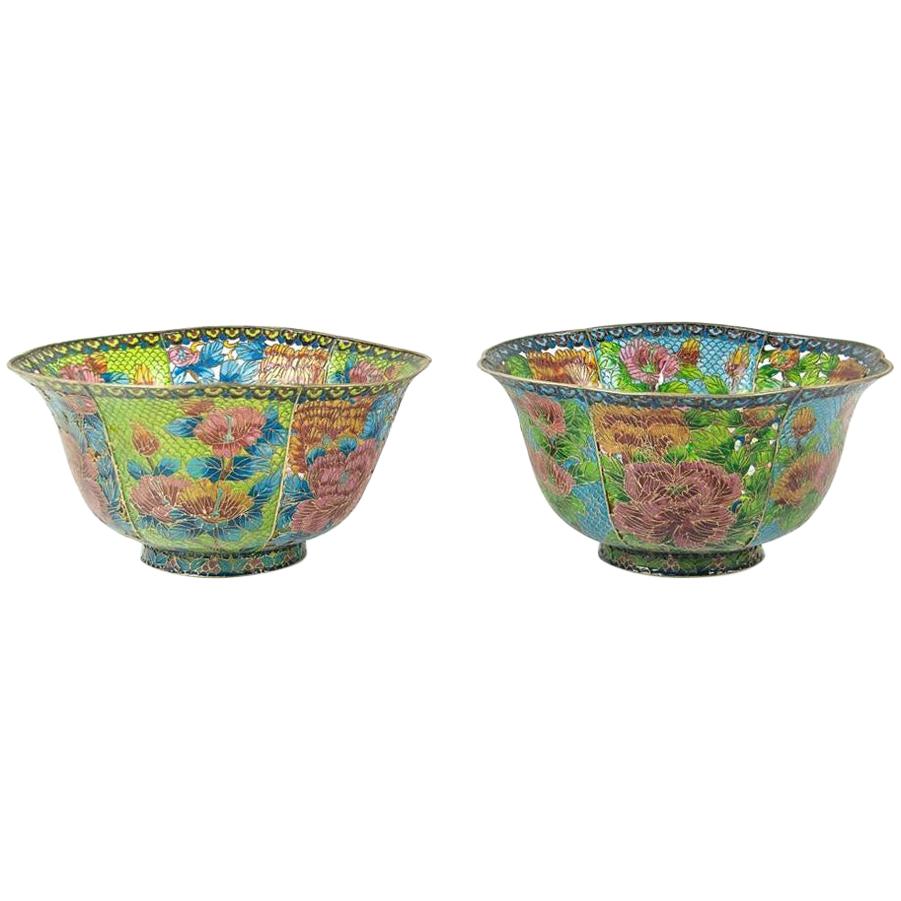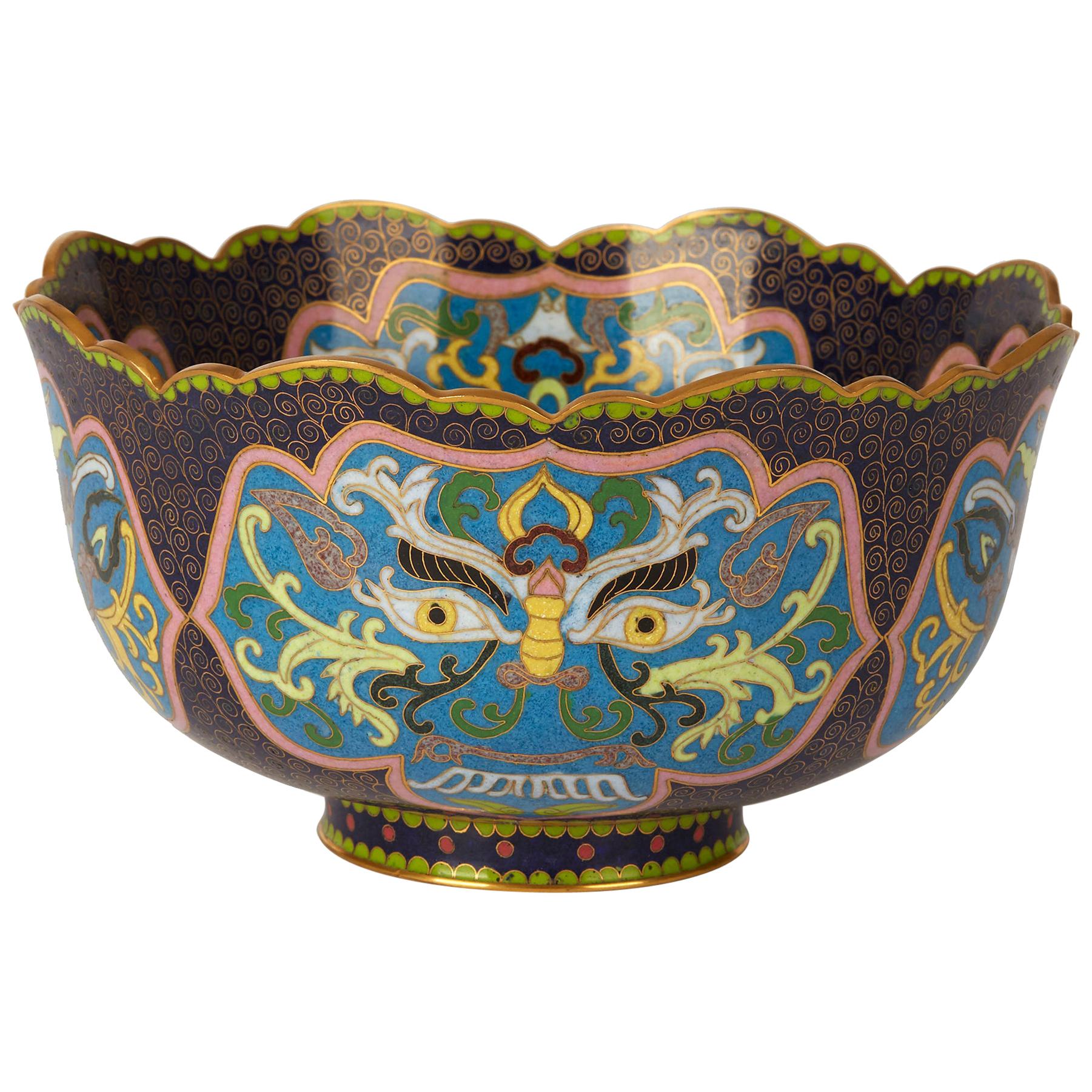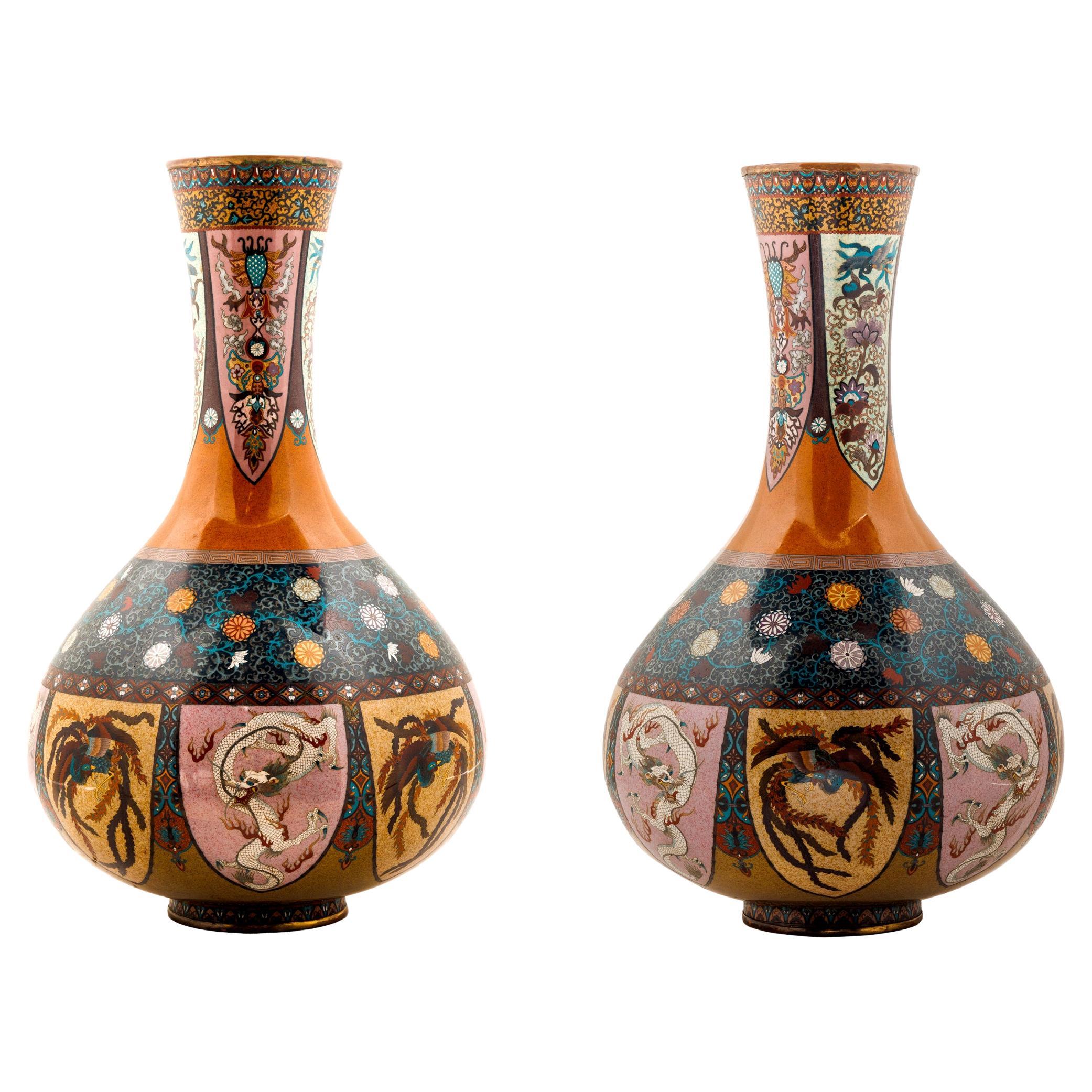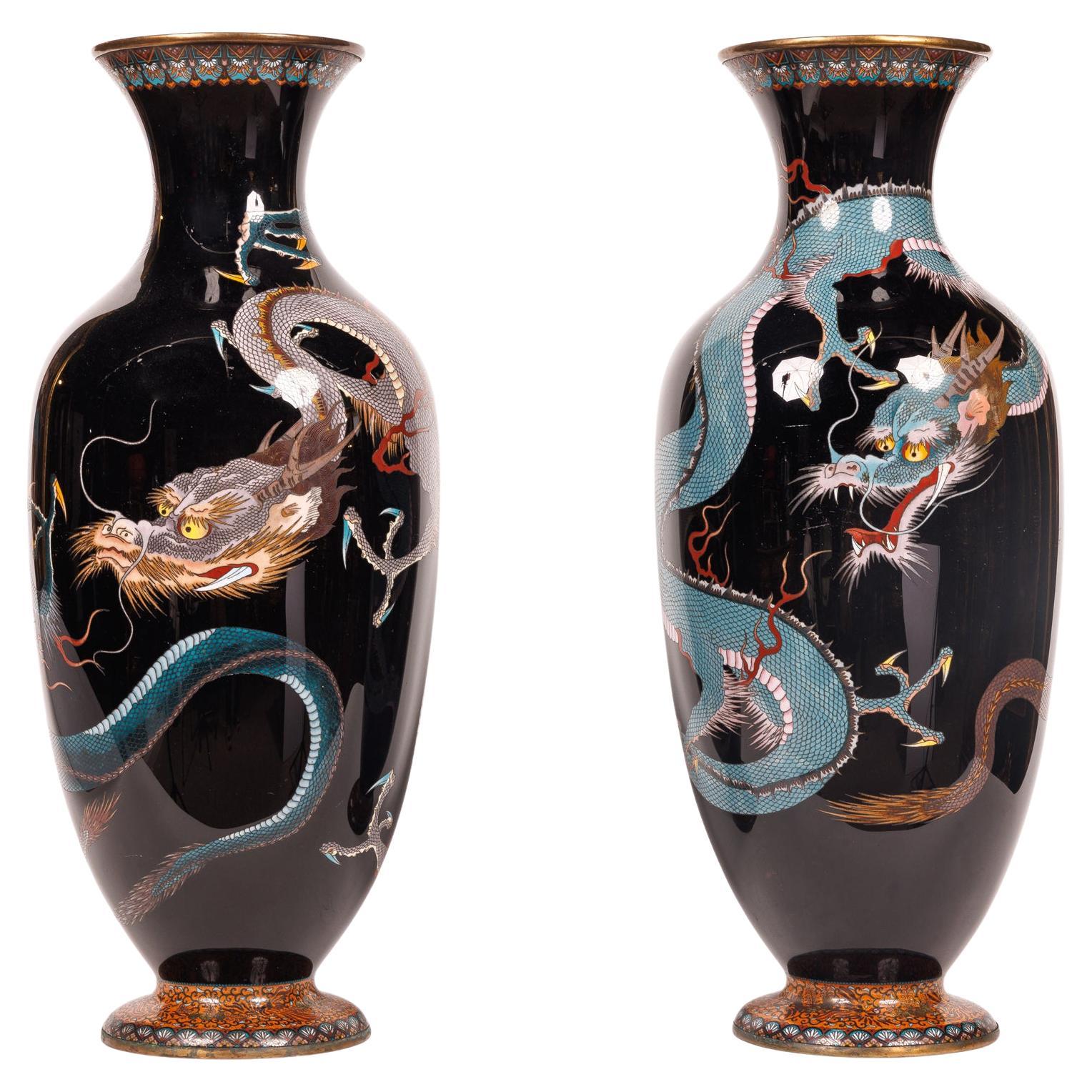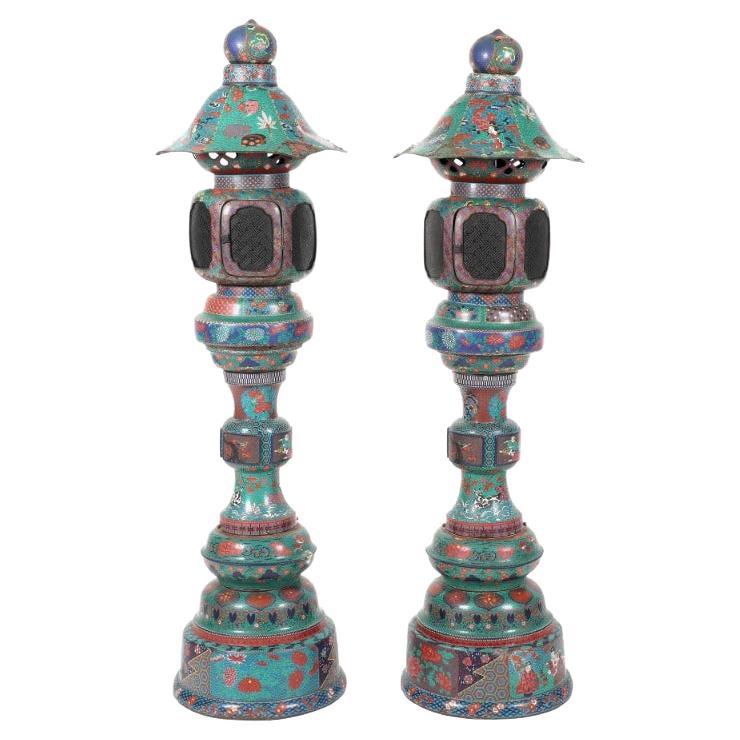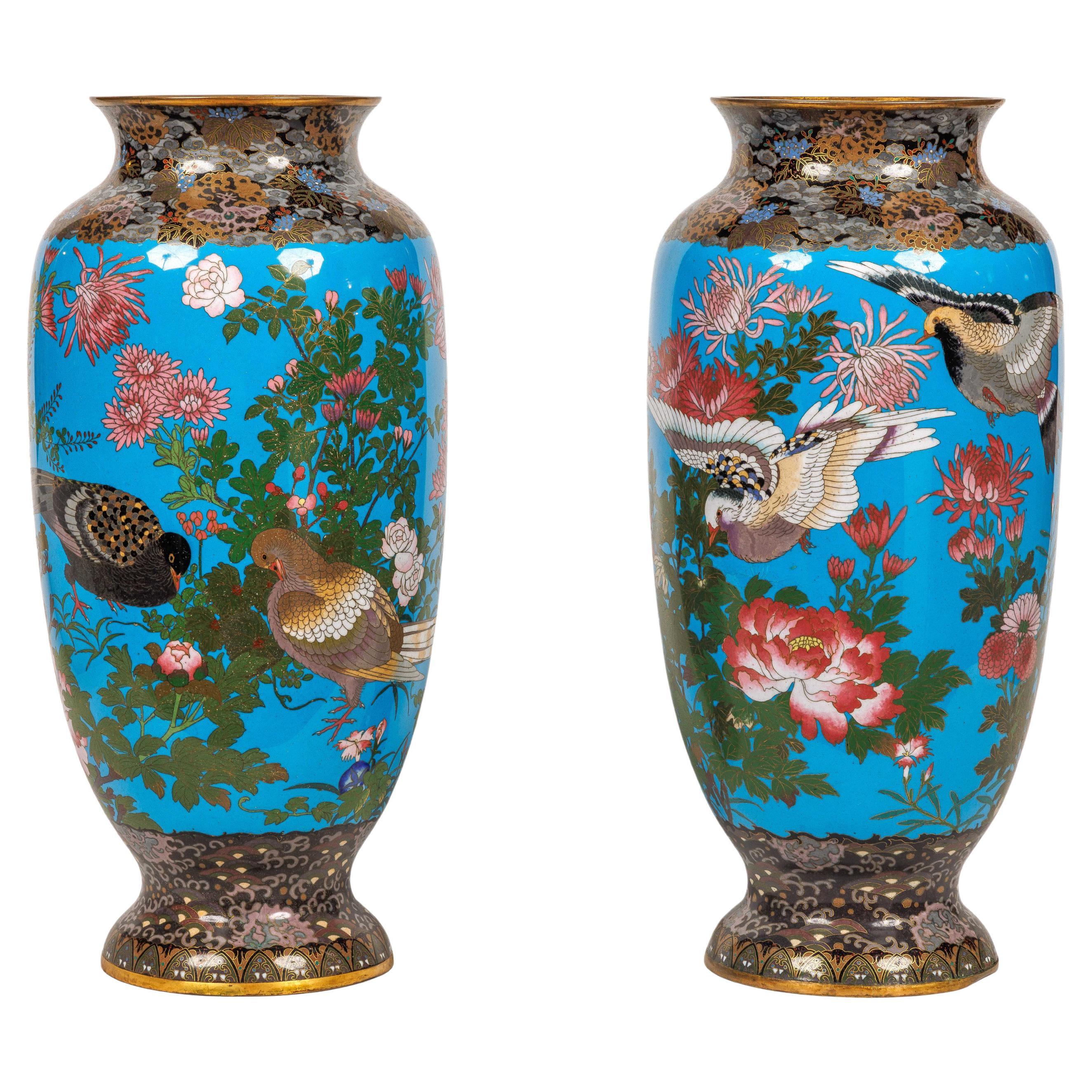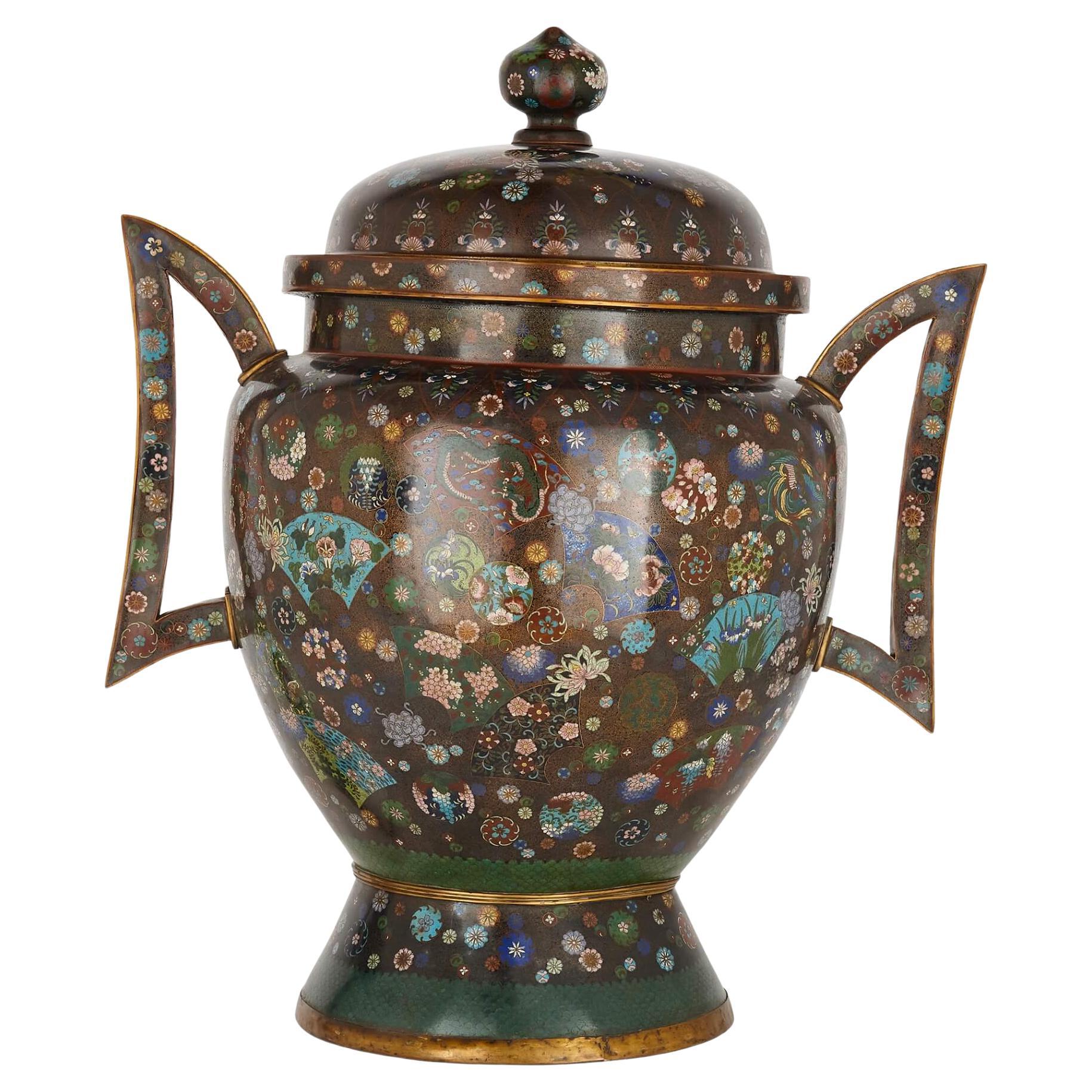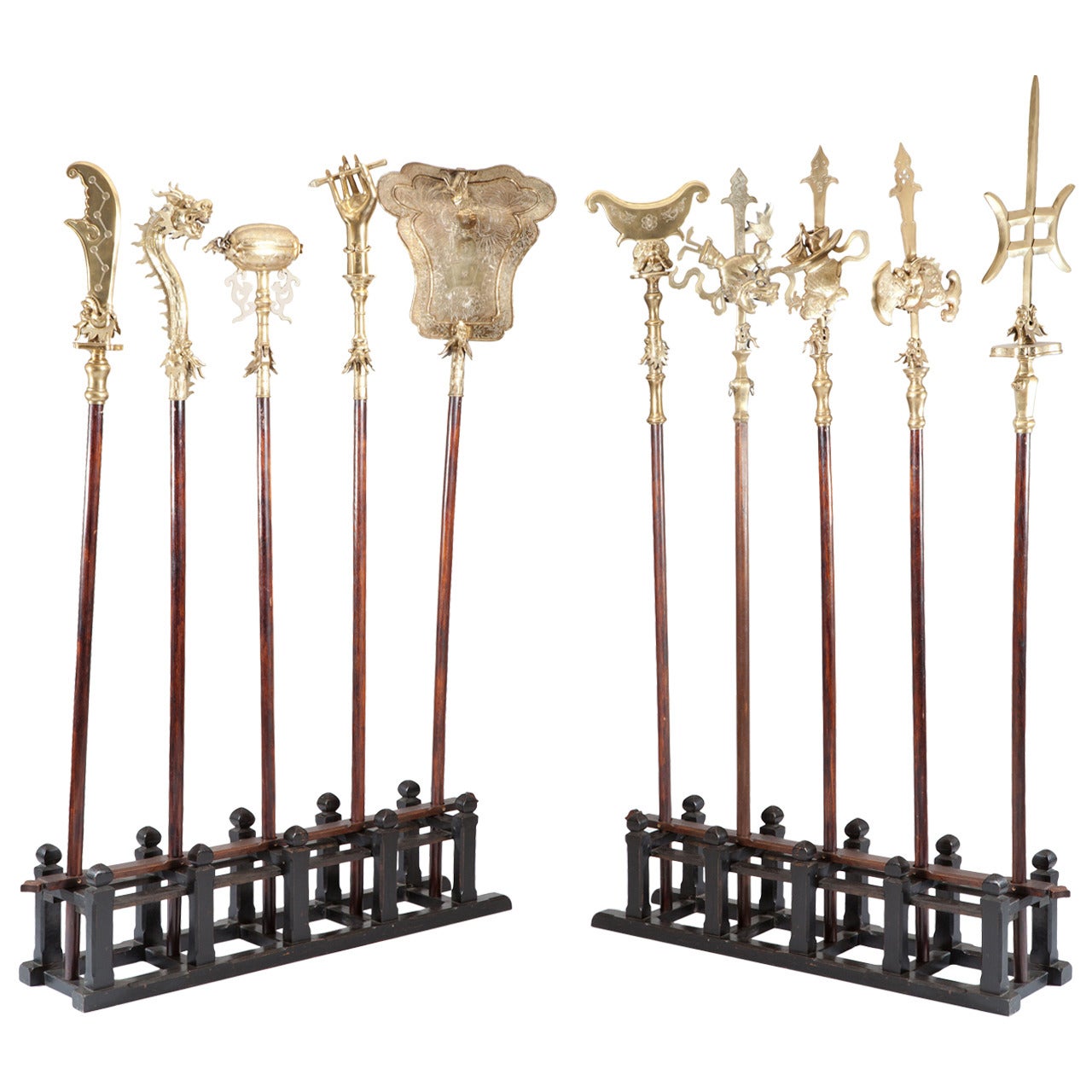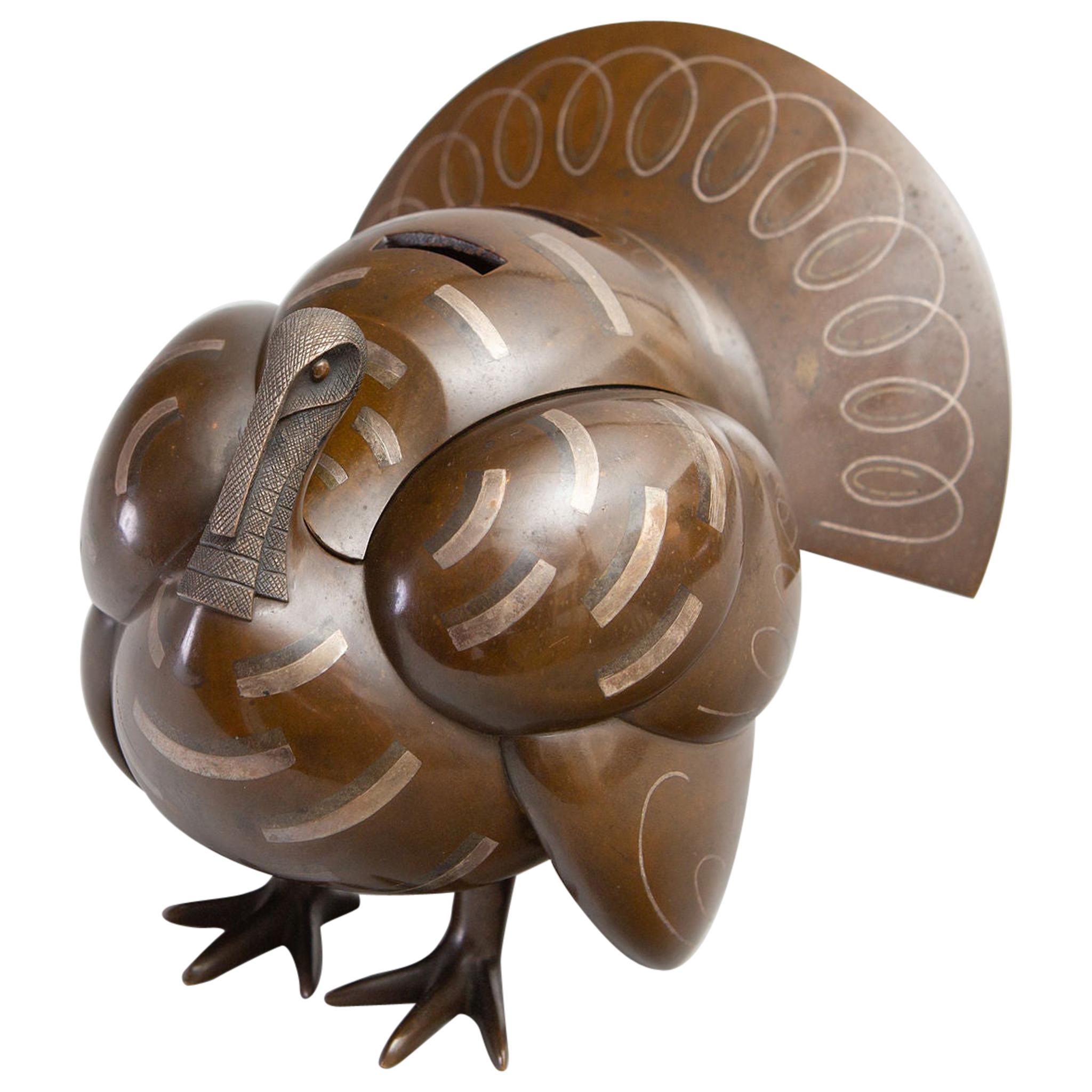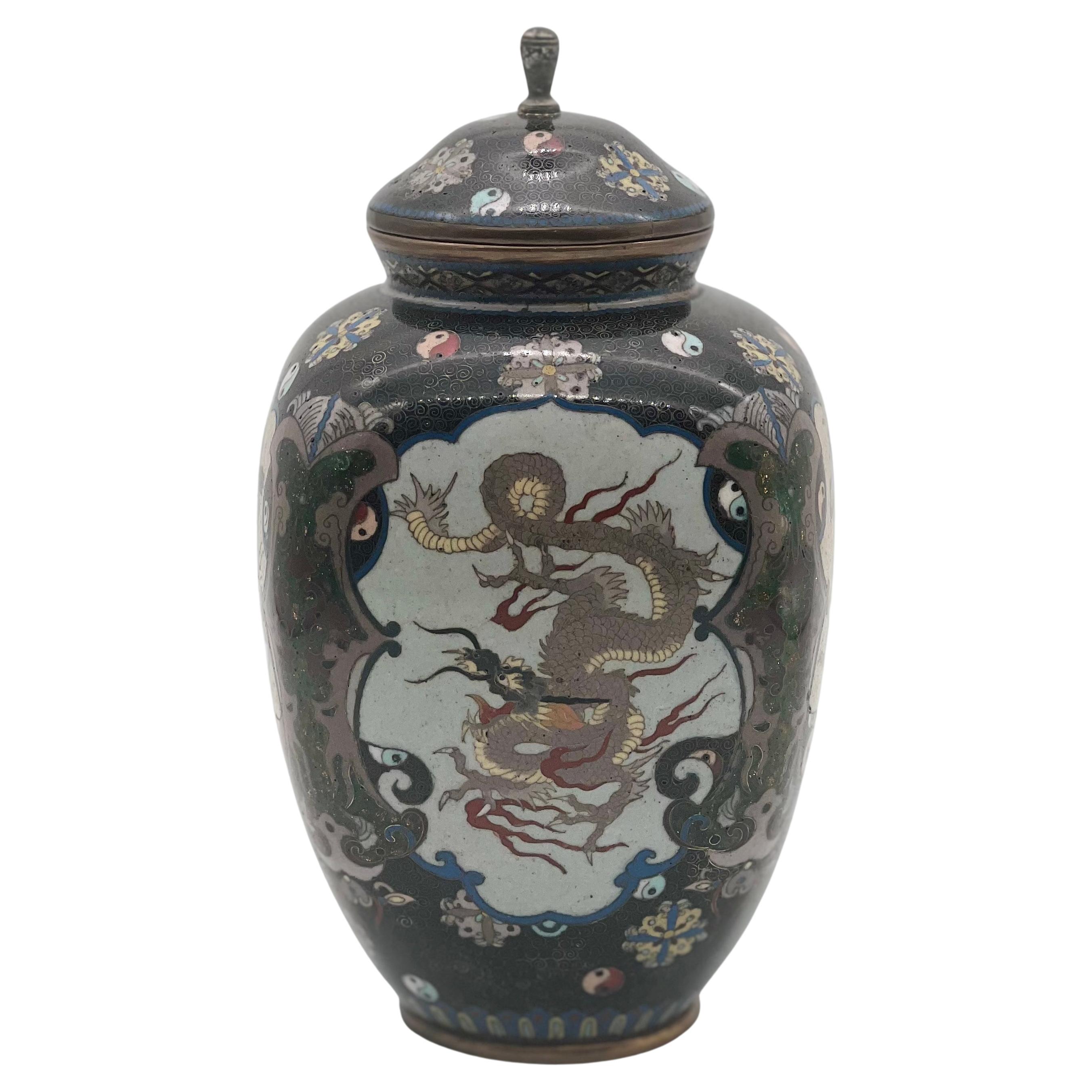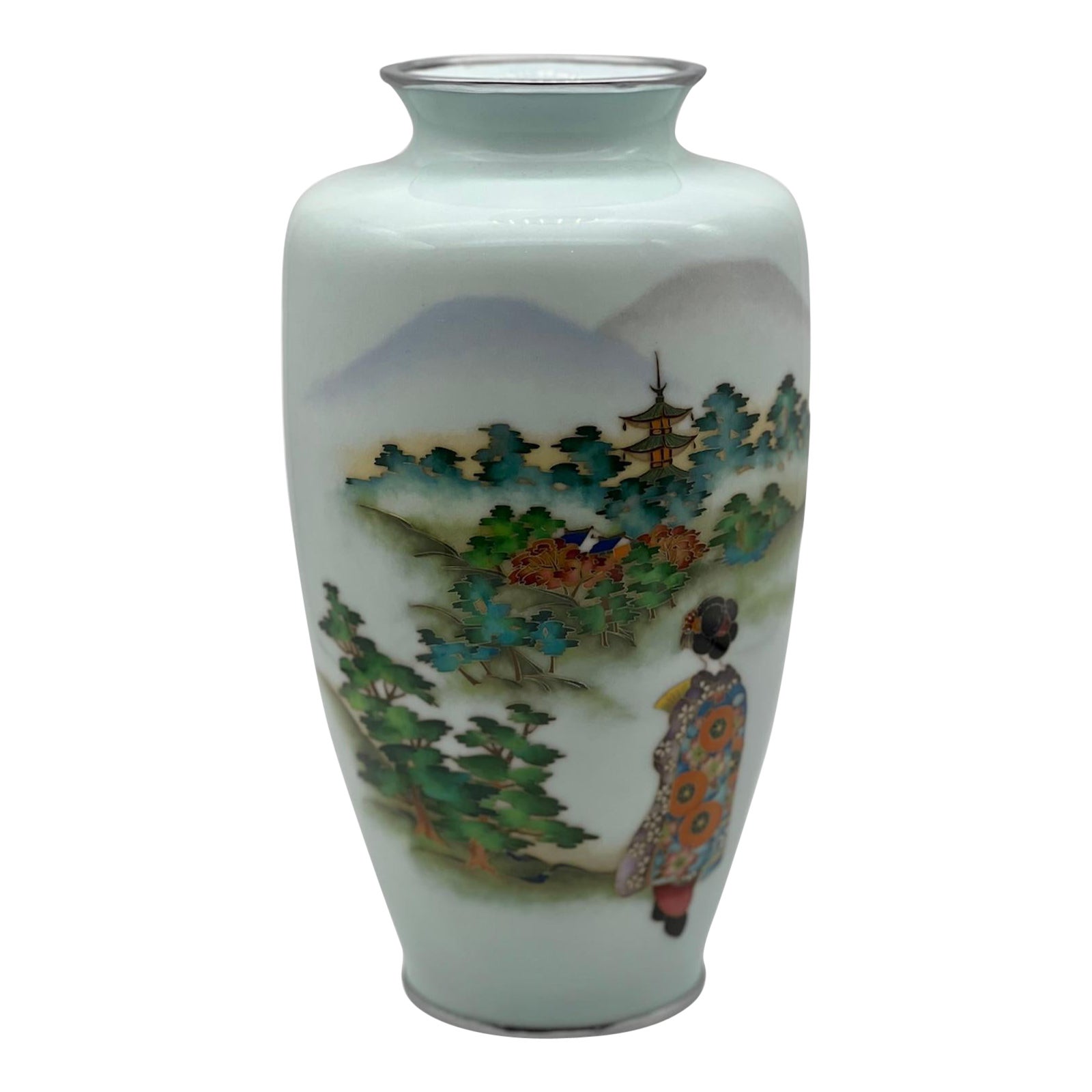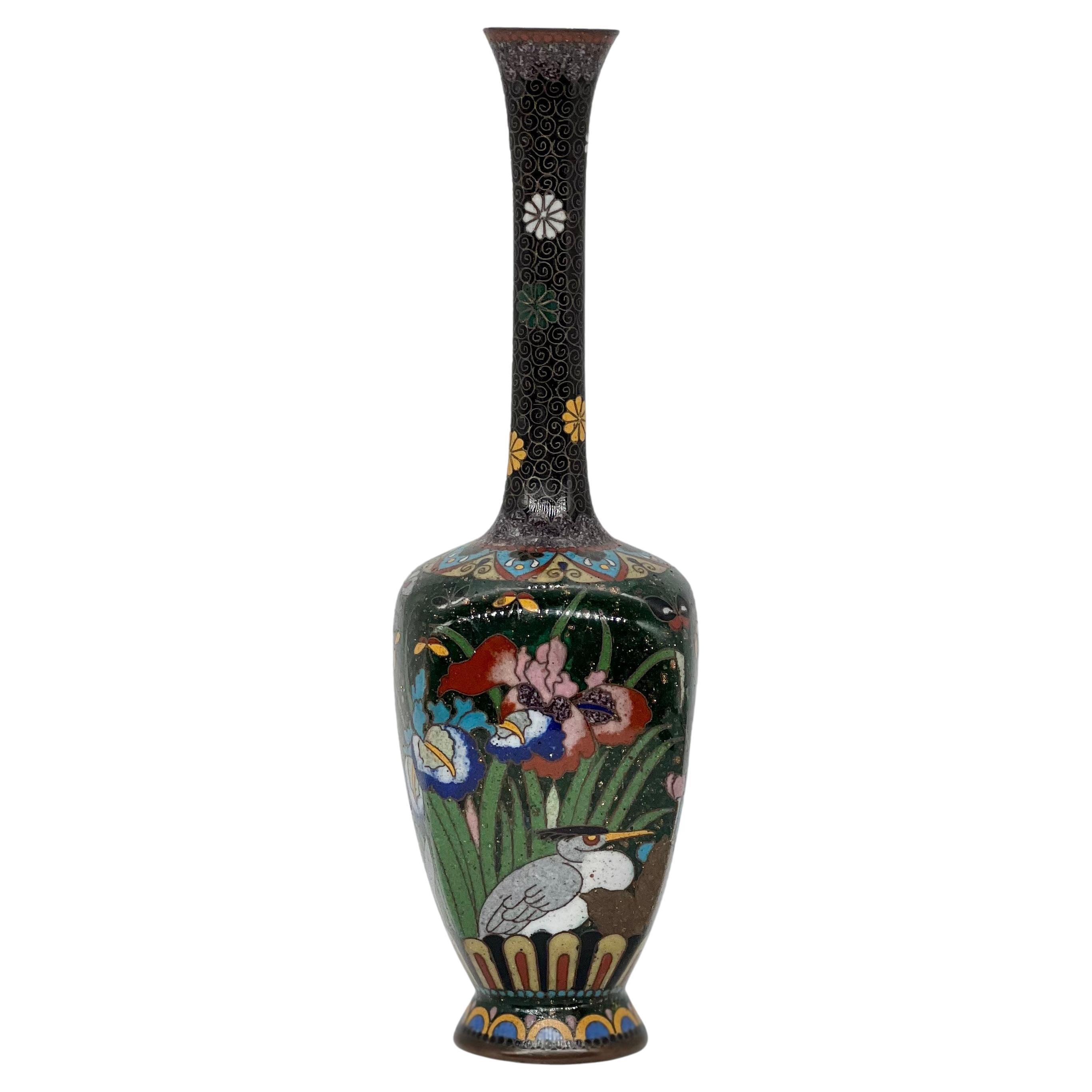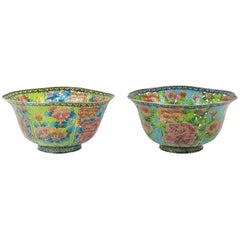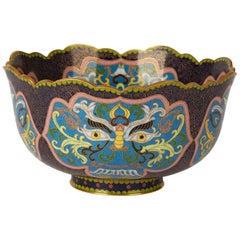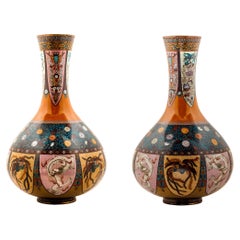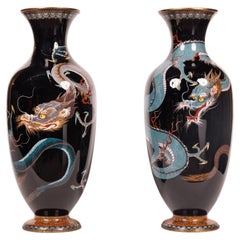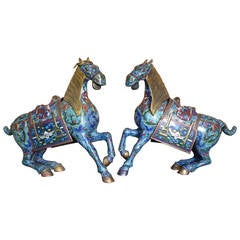
Pair of Chinese Cloisonné Horses, in the Han Style
View Similar Items
1 of 10
Pair of Chinese Cloisonné Horses, in the Han Style
$3,000List Price
About the Item
- Dimensions:Height: 17.33 in (44 cm)Width: 19.69 in (50 cm)Depth: 7.88 in (20 cm)
- Sold As:Set of 2
- Style:Han (In the Style Of)
- Materials and Techniques:
- Place of Origin:
- Period:
- Date of Manufacture:Unknown
- Condition:Wear consistent with age and use. Minor losses. Minor structural damages. Minor fading. One head dress lacking. One stirrup plate attachment repaired and another in need of repair.
- Seller Location:London, GB
- Reference Number:1stDibs: LU91781769162
Authenticity Guarantee
In the unlikely event there’s an issue with an item’s authenticity, contact us within 1 year for a full refund. DetailsMoney-Back Guarantee
If your item is not as described, is damaged in transit, or does not arrive, contact us within 7 days for a full refund. Details24-Hour Cancellation
You have a 24-hour grace period in which to reconsider your purchase, with no questions asked.Vetted Professional Sellers
Our world-class sellers must adhere to strict standards for service and quality, maintaining the integrity of our listings.Price-Match Guarantee
If you find that a seller listed the same item for a lower price elsewhere, we’ll match it.Trusted Global Delivery
Our best-in-class carrier network provides specialized shipping options worldwide, including custom delivery.You May Also Like
Pair of Large Chinese Cloisonné Plique-à-Jour Bowls
Located in Atlanta, GA
A large pair of Chinese cloisonné enamel bowl made with the technique of plique-à-jour (means "letting in daylight" in French), a challenging method similar to small scale stained windows...
Category
20th Century Chinese Chinoiserie Metalwork
Materials
Copper, Enamel
Vintage Chinese Republic Period Cloisonné Bowl, Early 20th Century
Located in Bishop's Stortford, Hertfordshire
An exceptional and finely decorated vintage Chinese Republic period cloisonné bowl decorated with panels containing grotesque masks. The rounde...
Category
Early 20th Century Chinese Metalwork
Materials
Enamel
Large Pair of Japanese Cloisonne Enamel Vases Attributed to Honda Yasaburo
Located in Queens, NY
A large pair of Japanese Cloisonne Enamel vases attributed to Honda Yasaburo, 19th century.
Finley decorated with the rich enamel colors of orange and green, these vases are desig...
Category
Antique 19th Century Japanese Meiji Metalwork
Materials
Copper, Enamel
Large Pair of Meiji Period Japanese Cloisonne Enamel Double Dragon Vases
Located in Queens, NY
A large pair of Meiji Period Japanese Cloisonne Enamel Double Dragon Vases, 19th century.
Japanese cloisonne enamel dragon vases are highly ...
Category
Antique 19th Century Japanese Meiji Metalwork
Materials
Copper, Enamel
Large Pair of Japanese Cloisonne Enamel Lanterns Attributed to Kaji Tsunekichi
Located in Queens, NY
A Large Pair of Japanese Cloisonne Enamel Lanterns Attributed to Kaji Tsunekichi, Edo Period, 19th century
Japanese cloisonne lanterns were made during the Meiji period, from the late 19th to early 20th century, and were often used as decorative lighting fixtures in temples and shrines.
Kaji Tsunekichi (1866-1916) was a Japanese cloisonné artist who was active in the late 19th and early 20th centuries. He was born in Tokyo and learned the art of cloisonné from his father, Kaji Sataro, who was also a cloisonné artist. He was renowned for his mastery of the shippo-yaki technique, which involves creating intricate designs with thin wires on a metal base before filling in the spaces with enamel.
Tsunekichi was known for his exceptional technical skills and his ability to create intricate designs with vibrant colors. His works often featured nature motifs, such as flowers, birds, and fish, which were rendered in a highly detailed and naturalistic style. He also experimented with new techniques, such as plique-à-jour, a type of cloisonné that creates a stained-glass effect.
Tsunekichi's works were highly prized during his lifetime and continue to be sought after by collectors today. He won numerous awards for his cloisonné creations, including a Gold Medal at the 1900 Exposition Universelle in Paris. His works are characterized by their fine wirework, precise enamel application, and attention to detail.
Some of Tsunekichi's most famous works include a pair of large cloisonné vases...
Category
Antique 19th Century Japanese Edo Metalwork
Materials
Copper, Enamel
$29,250 Sale Price
35% Off
Large Pair of Meiji Period Japanese Cloisonne Enamel Vases Attributed to Goto
Located in Queens, NY
A large pair of Meiji Period Japanese cloisonne enamel vases attributed to Goto Seizaburo, 19th century.
These vases were made during the Meiji period (1868-1912) in Japan and are characterized by their blue enamel background with intricate designs of flowers, birds (including pigeons), butterflies and landscapes.
The use of blue enamel as a background creates a striking contrast with the colorful designs, making these vases particularly visually appealing which are appreciated for their beauty, craftsmanship, and cultural significance.
Goto Seizaburo (1852-1914) was a renowned Japanese cloisonne enamel artist...
Category
Antique 19th Century Japanese Meiji Metalwork
Materials
Copper, Enamel
$20,000 Sale Price
20% Off
Recently Viewed
View AllMore Ways To Browse
Chinese Cloisonne Plate
Vintage Enamel Badge
Vintage Badges Pins
Cloisonne Horse
Chinese Cloisonne Horses
Asian Horse Cloisonne
Pair Of Chinese Cloisonne Horses
Vintage Enamel Pin Badges
Japanese Silver Meiji
Black Bronze Japanese
Chinese Antique Cloisonne
Incense Burners
Japanese Butterfly Art
Qing Bronze
Middle Eastern Brass
Chinese Enamel Copper
Japanese Incense
Japanese Bronze Bird
